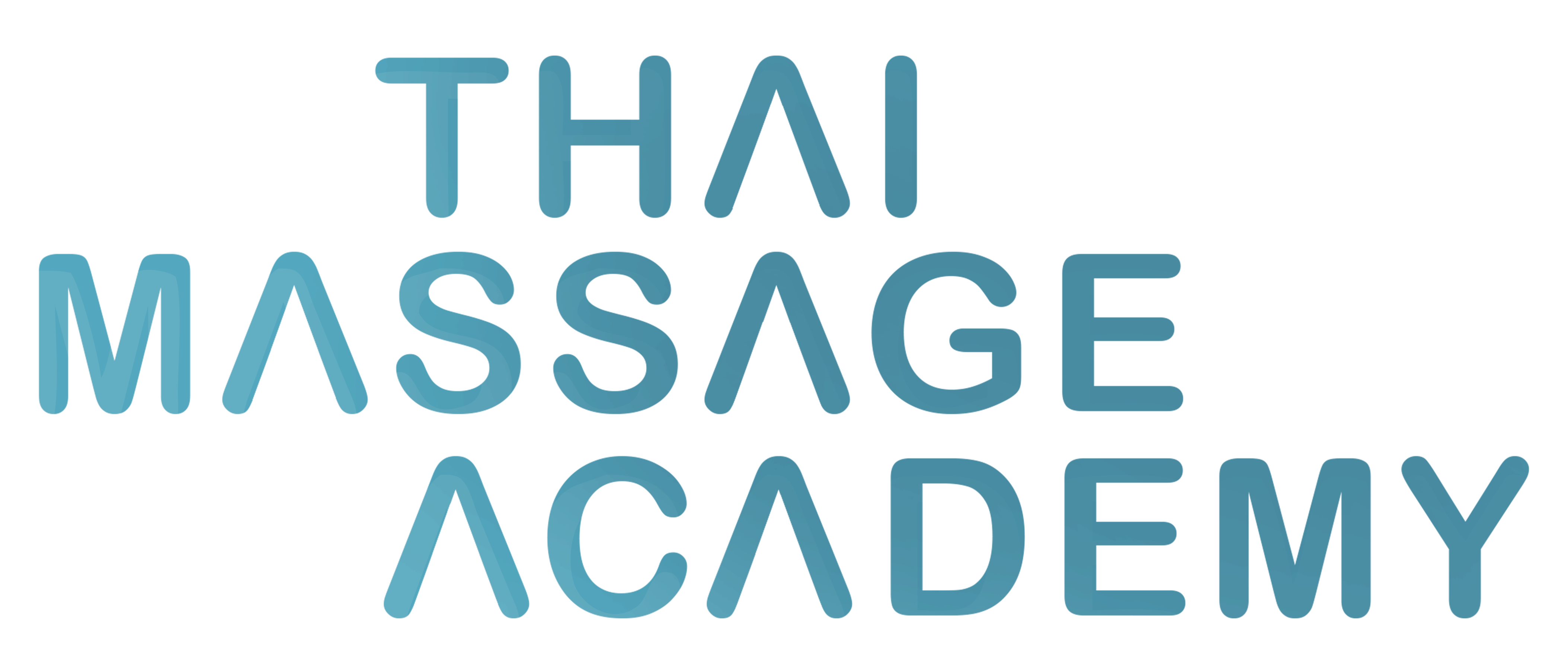A DIALOGUE WITH THE TISSUES
Palpation is the pilar of osteopathic medicine as envisioned from the early
years by founder Dr. A.T. Still.
The mission is to develop our ability to deeply touch, with presence and yet
with softness, everything that lays under our hands. Determined to establish
a genuine, meaningful contact in the depth of the layers. It is a conversation,
a dialogue… we could call it subtle communication.
- First we learn and explore the landmarks, the anatomy and the physiology.
We get to know a little about the structure we would like to contact.

“If you understand the mechanism,
the treatment is simple”.
W.G. Sutherland
- We are ready to arrange our hands as accurate and precisely as we
possibly can. It is of critical importance to be sharply on point with our hand
placement. This will open the doors for magic to happen.
- We become present and centred, with a defined attention and a clear
intention. This is the time for a subtle fine-tuning with our hands and the
amount of presence with our patient.

“Learning to trust your hands is not an easy task. You
must learn to shut off your conscious, critical mind while you palpate for subtle changes”.
John Upledger

“An osteopath is taught that
Nature is to be trusted to the end”.
A.T. Still
- With patience and practice we can enter a state of resonance with the
tissues. We touch the space between the micro-cosmos and the macro-
cosmos.
- We quietly listen and observe, we feel for the breath of life. We are
tapping into the biodynamic force within our patient. Without imposing, with
zero wanting. We are a witness of this subtle vital expression.
- Optionally, we can allow ourselves to go back to a curious state and ask a
few questions to the tissues: how are you? how would you like to live? what’s
holding you back? Is there any tension?

- Using a variety of methods, and moving our body (not our hands) we bring
back vitality and mobility where it is most needed. This is the time for
treatment and a potential release.
- Once we have treated a restriction in our patient we will integrate our
work. First, a local and very specific integration. After that, we will give it a
regional touch inviting a nearby neighbour into the party. Finally, we will give
continuity to this new organisation by integrating with the whole body.

“It’s not a technique, it’s a treatment.
It’s not a liver, a sacrum or a foot… it’s a person”.
Phillip Druelle


